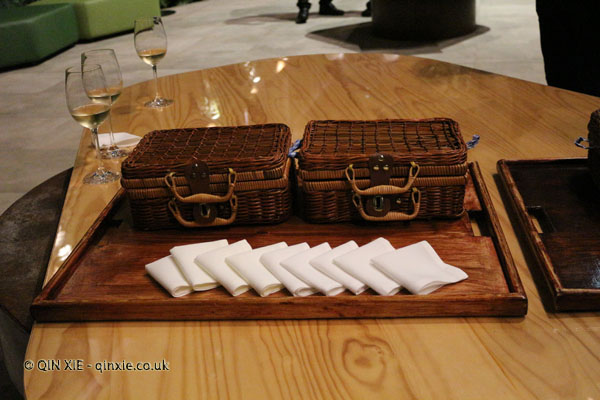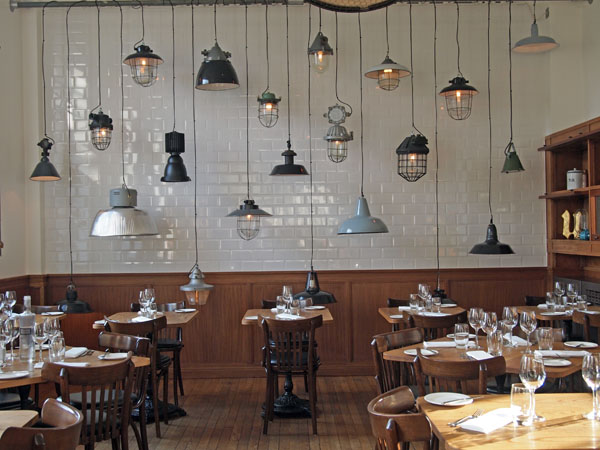Published on Travel + Leisure Digital on 16th September 2020
The coronavirus pandemic has created impossible hurdles for businesses across the globe. Restaurants and restaurant workers have been among the hardest hit — first by closures and lockdowns, and then by the financial burdens of reopening, including reductions in capacity and the challenge of enticing guests back into the dining room.
It’s no surprise, then, that some have predicted that this unprecedented period will spell the end of fine dining. After all, at a time of growing unemployment, reduced disposable income, and ongoing safety concerns, are there still diners who want to spend three or four hours on a tasting menu costing upwards of $200?
The answer, it seems, is yes. At many fine dining restaurants that are currently open, reservations are still filling up, and quickly. Their well-heeled guests are prepared to pay a premium; perhaps they value the spacious dining rooms, or perceive the standards of hygiene as impeccable. Or perhaps they are just hungry for an experience.

